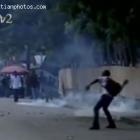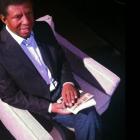ADVERTISEMENT
Photos
Police Officer wilbert Etienne Killed
Here is a picture of Police Officer wilbert Etienne who was killed.
On Wednesday, October 14, 2015, in the Delmas 24 neighborhood, Wilbert Etienne (29) a member of the 24th Promotion of the National Police of Haiti (PNH), while returning from a bank in civilian clothes after collecting a loan of 180,000 gourdes, was robbed and killed by two men on motorcycle. Gary Desrosiers from the Haitian police had identified the slain police officer as Wilbert Etienne. The two motor cyclists cornered him on a road in the Port-au-Prince neighborhood of Delmas 24 and shot the off-duty policeman several times before he died. Etienne was also traveling on a motorcycle. It is quite obvious that killing was planned by someone who knew his loan plans.
Inauguration of new CIMO building
Here is a picture of the new CIMO building.
The new building covers an area of 1,500 square meters; it will accommodate the specialized body of the PNH. The new building has three floors, a shooting space, a dormitory with a capacity of 400 beds, a laundry, cafeteria, gymnasium, games room and parking space for over 30 vehicles.
The construction took nine months to complete and costs $4.2 million from the public treasury. The construction work was done by Dominican firm Ingenieria Estrella and its subcontractor Codelpa under the supervision and control of the Housing Construction and Public Buildings Unit (UCLBP).
The new CIMO building
Inauguration of new CIMO building.
On Wednesday, October 14, 2015, President Michel Martelly inaugurated the new headquarters of the Corps of Intervention and Maintenance of Order (CIMO) located at Delmas 2. During his speech for the occasion, President Martelly has described the new Premises as a symbol of pride for the nation and he has reminded about his promise made two years ago on the 18th anniversary of CIMO on February 13, 2014. During that occasion, in the presence of the Chief Executive, several members of the command of the PNH and other important members of the Superior Council of the National Police (CSPN), the President made a commitment of his administration to provide a framework to the PNH and work to strengthen it.
The new modern CIMO building
The new modern CIMO building.
The Haitian National Police (in French, Police Nationale d'Haïti) or PNH, created in 1995 serves the nation in two ways: law enforcement authority and the defense forces. As an extension of these two missions, it supports the functions of the United Nations Stabilization Mission in Haiti (MINUSTAH). Earlier to this, the Haitian police was a part of the Haitian Army. Initially, the United States had helped Haiti to recruit and train 6,500 police officers.
Jean-Jacques Dessalines, AKA Papa Dessalines
Here is Jean-Jacques Dessalines, AKA Papa Dessalines.
During his speech for the inaugural ceremony on October 17th, President Martelly described Emperor Dessalines as some of very rare personalities who mark their place in the history in such a way that they never die'. Papa Dessalines' is still alive in the minds of all Haitians; he will remain alive in our consciousness, in our pride for our country forever.
As part of the commemoration of Emperor Dessalines's 209th death anniversary, the Ministry in partnership with the Haitian Amateur Athletics Federation (FHAA) organized a 10 km race for youth between 16 to 20 years, linking Pont Rouge to the statue of Emperor Jean Jacques Dessalines at the Champ-de-mars.
Jean-Jacques Dessalines, founder of the Haitian nation
Here is a statue erected for Jean-Jacques Dessalines, founder of the Haitian nation.
Dessalines was assassinated when he was only 48 years old; he was killed in a revolt on October 17, 1806, in Pont Rouge, near Port-au-Prince, Haiti. On October 17, 2015, President Martelly accompanied by Prime Minister Evans Paul and other members of the Government paid a tribute to the father of the nation on the day of his 209th death anniversary at the place of his assassination and inaugurated a plaque of him on a monument at Pont-Rogue. However, his exact death circumstances are still uncertain to many historians.
Commemorating the death of Jean-Jacques Dessalines
Here is a picture as President Michel Martelly is Commemorating the death of Jean-Jacques Dessalines.
Jean-Jacques Dessalines defeated a French army at the 'Battle of Vertières' in 1803. On January 1, 1804, he named 'Saint-Domingue' as 'Haiti' and declared Haiti as an independent state proclaiming himself as the governor-general. The following September, he adopted the title of "Emperor Jacques I". Many historians consider him as the most ferocious leader in Haiti's history; he was cruel to the extreme. Between February and April 1804, he killed between 3,000 to 5,000 white minorities as an act of cleansing every French taint. He used to consider Europeans as cannibals and wanted them to tremble when they approach the Hispaniola coasts and his name horrifies all those who were slavers, and tyrants. However, there are some historians who believe that Dessalines became cruel because of the treatments he and other slaves received from their French masters. His message to the future generation of the country was: "I have performed my duty; I enjoy my own approbation. For me that is sufficient."
Jean-Jacques Dessalines murdered October 17, 1806
Here is a picture In Pont Rouge, Jean-Jacques Dessalines was murdered there on October 17, 1806.
Jean-Jacques Dessalines (born 20 September 1758), the first ruler of independent Haiti under the 1801 constitution, was the leader of Haitian revolution who freed the country from French colonists. He served as an officer in the French Army when they were fighting against the British and Spanish attacks. Later, he became a commander under Toussaint Louverture, in the French army. However, after a betrayal in 1802, Toussaint Louverture was captured. Dessalines at first submitted to the new regime without Louverture, however, in 1803, when Napoleon declared his intention to reintroduce slavery abolished by the 1794 convention, Dessalines and other black and mulatto leaders rose in rebellion and he became the leader of the revolution.
209th anniversary of the death of Jean-Jacques Dessalines
Here is a picture taken at the 209th anniversary of the death of Jean-Jacques Dessalines.
On October 17, 2015, President Martelly accompanied by Prime Minister Evans Paul and other members of the Government, visited Pont-Rouge to pay tribute on the day of 209th death anniversary to the Founding Father of the Haitian Nation, the Emperor Jean-Jacques Dessalines. During this occasion in an inaugural ceremony, the President unveiled a plaque of him on a monument at Pont-Rogue. A week before paying this patriotic tribute, the Prime Minister Evans Paul had visited this site at Pont-Rouge to inspect the erection of the monument. Then the Prime Minister had announced that 'Aviation', as the location of the monument at the crossroads is commonly known, will be renamed after Jean-Jacques Dessalines. He had also announced that, as per redevelopment work, the whole area will be refurbished; the neighboring houses on the square will be painted. "October 17" is a national day to pay homage to the father of the nation because he was killed in a revolt on October 17, 1806, in Pont Rouge.
Martelly, Paul commemorating Jean-Jacques Dessalines
Here is a picture of President Michel Martelly and Prime Minister Evans Paul at 209th anniversary of the death of Jean-Jacques Dessalines.
Jean-Jacques Dessalines (20 September 1758 - 17 October 1806) was born in Africa, and was enslaved in the French colony of Saint-Domingue. He was a lieutenant under Toussaint Louverture. After the betrayal and capture of Toussaint Louverture in 1802, Dessalines rose to the power in the army but later he became the leader of the revolution. On 1st of January, 1804, at the dawn of a new age without French colonists or slaves, he renamed 'Saint-Domingue' to 'Haiti' and declared it an independent country, proclaiming himself as the governor-general for life. Later in that year in September, he adopted the title "Jacques 1, Emperor of Haiti". Despite his brutality, he is honored as one of Haiti's founding father.


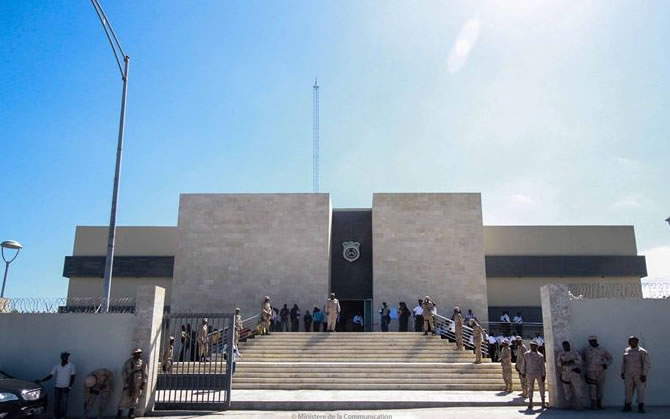
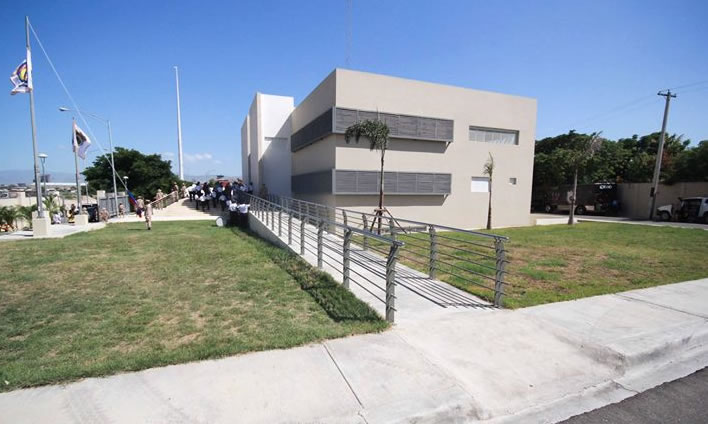
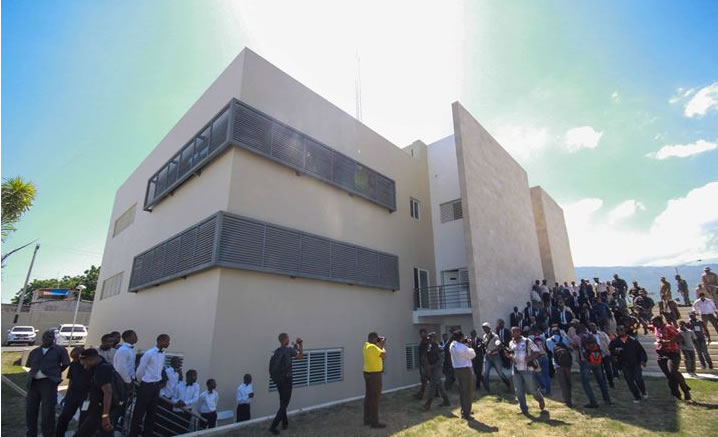
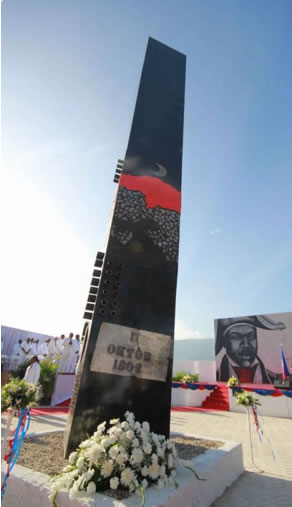
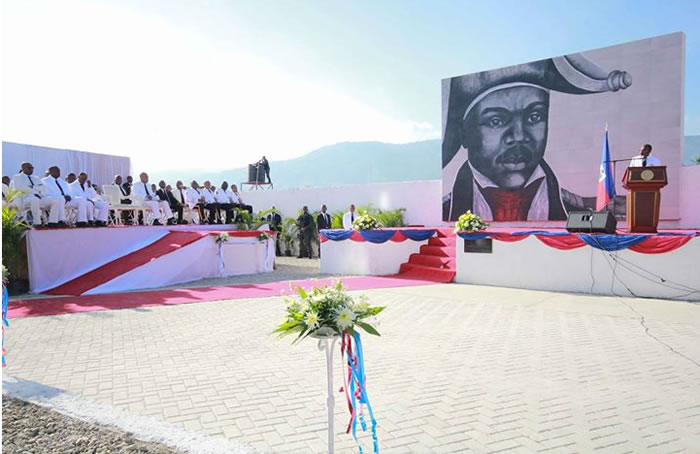
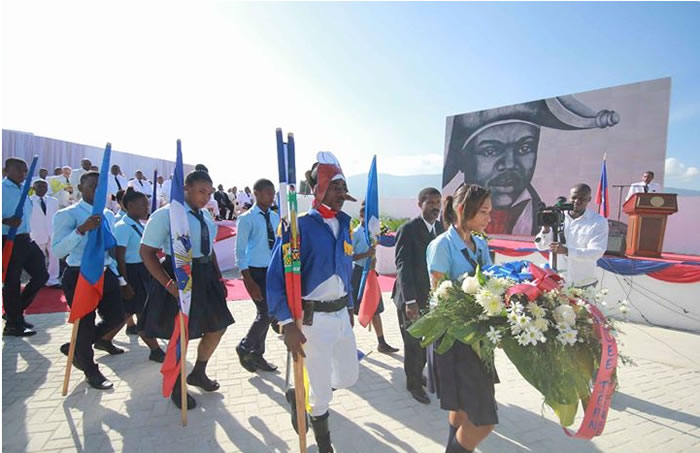
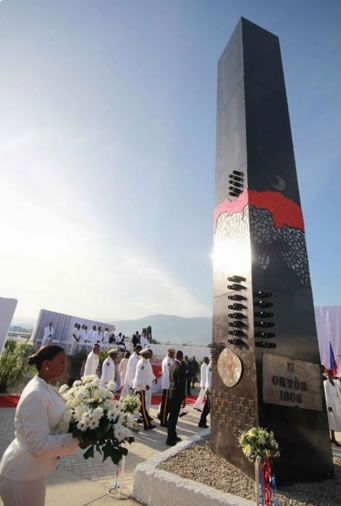
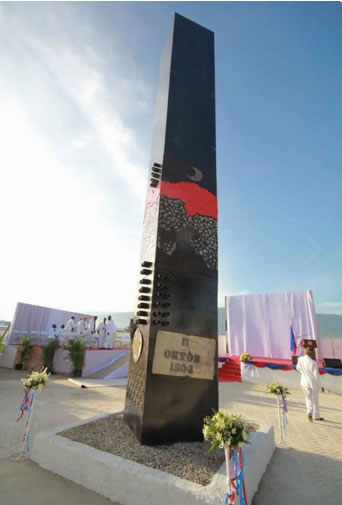
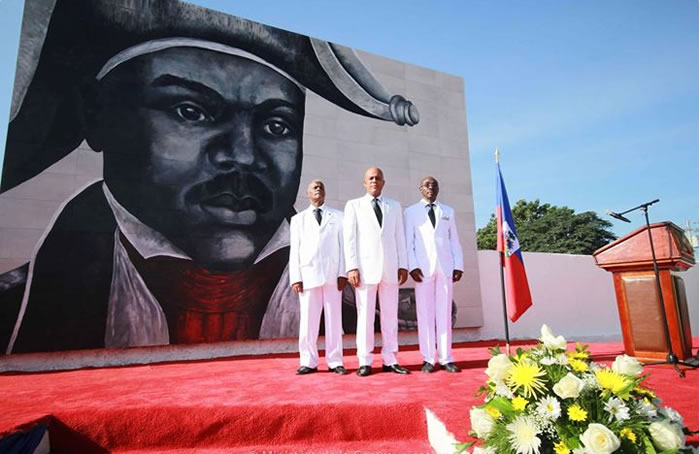
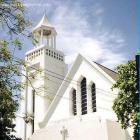 Nouveau College Bird in Port-au-Prince, Haiti
Nouveau College Bird in Port-au-Prince, Haiti  Love between Barack and Michelle Obama
Love between Barack and Michelle Obama 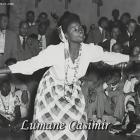 Lumane Casimir And Songs
Lumane Casimir And Songs  Meet Haitian-American professional baseball pitcher Touki...
Meet Haitian-American professional baseball pitcher Touki...  Haitians, the second largest black immigrant group in the US
Haitians, the second largest black immigrant group in the US  Dr. Michaëlle Amédée Gédéon is dead
Dr. Michaëlle Amédée Gédéon is dead 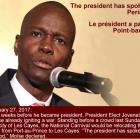 Jovenel Moise, the president has spoken. Period
Jovenel Moise, the president has spoken. Period 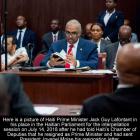 Jack Guy Lafontant resigns as Haiti Prime Minister
Jack Guy Lafontant resigns as Haiti Prime Minister 